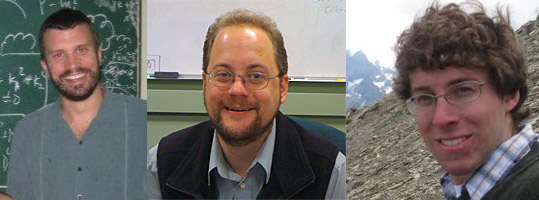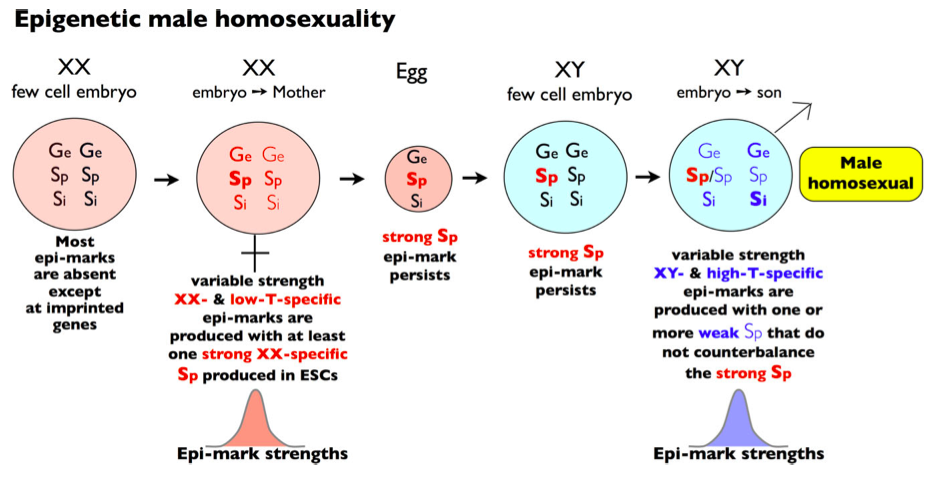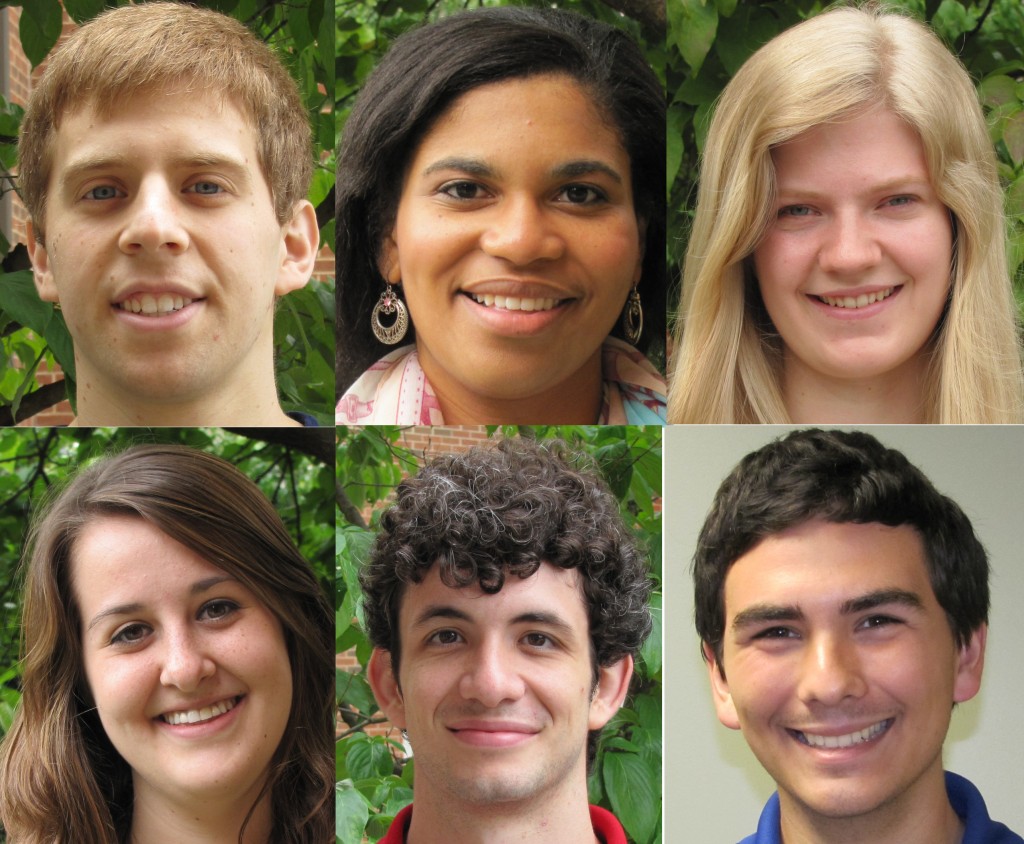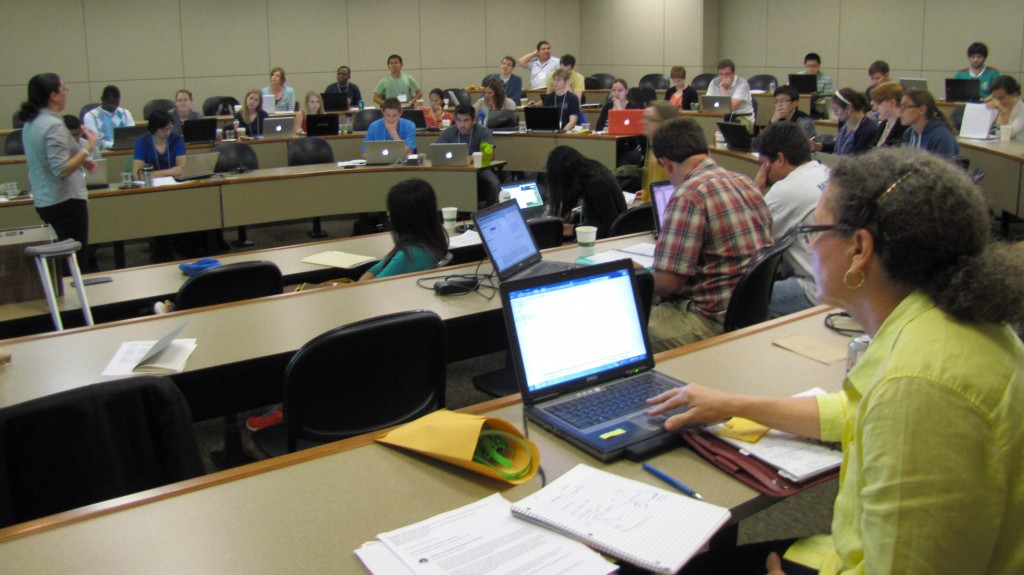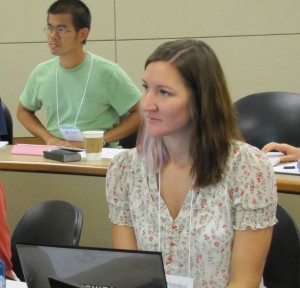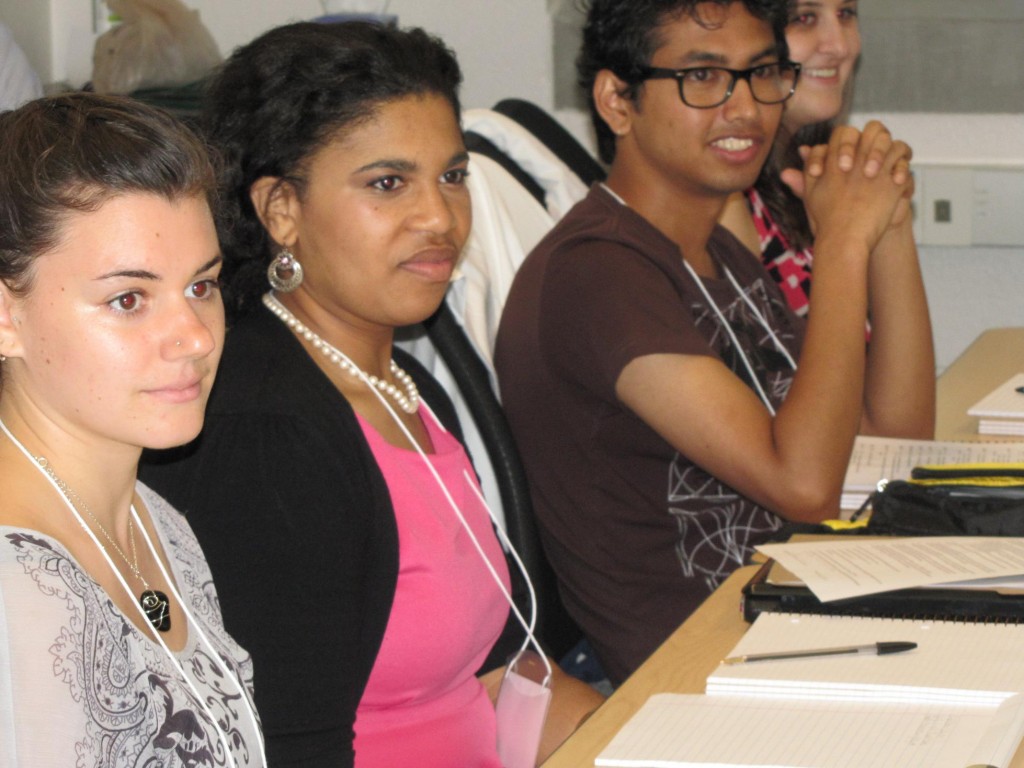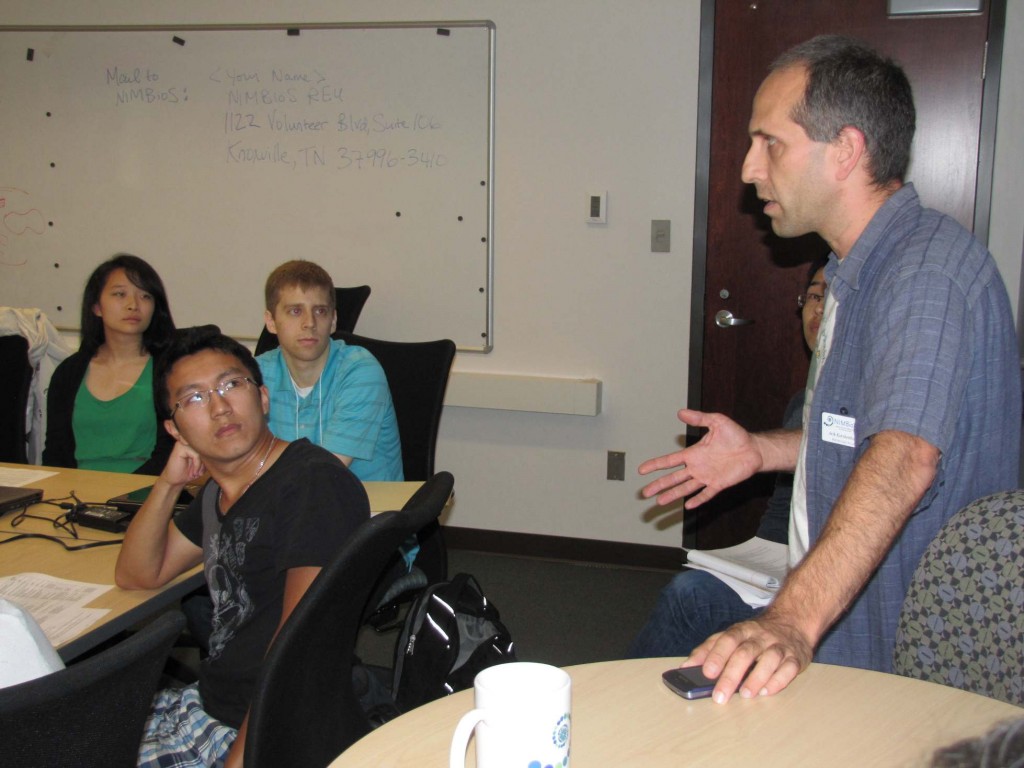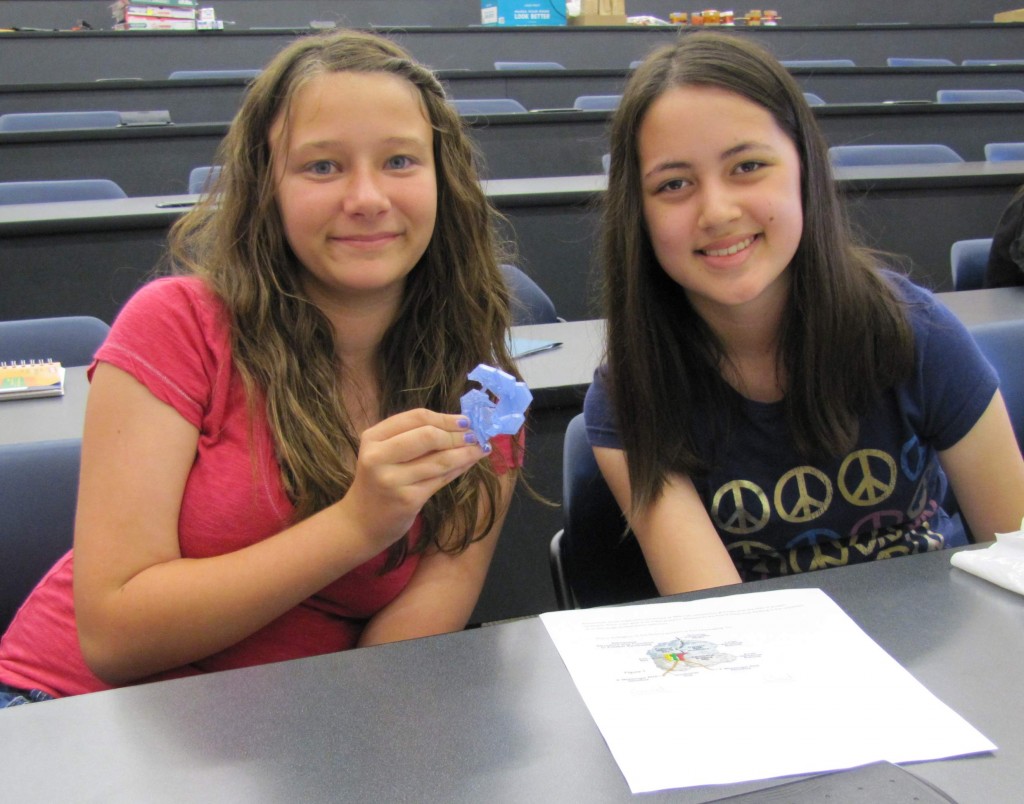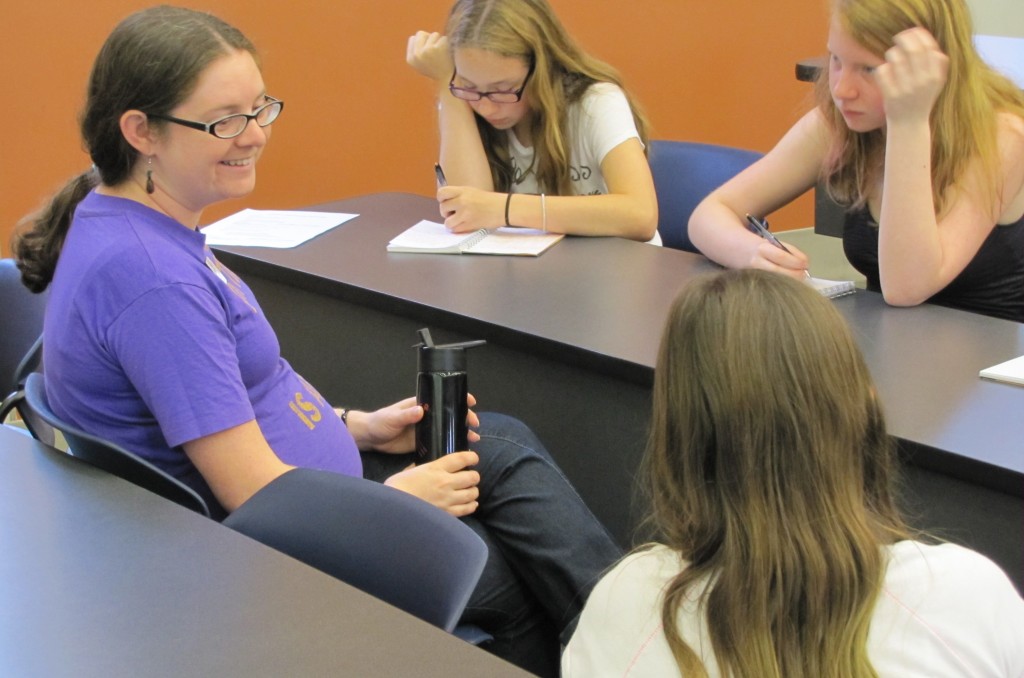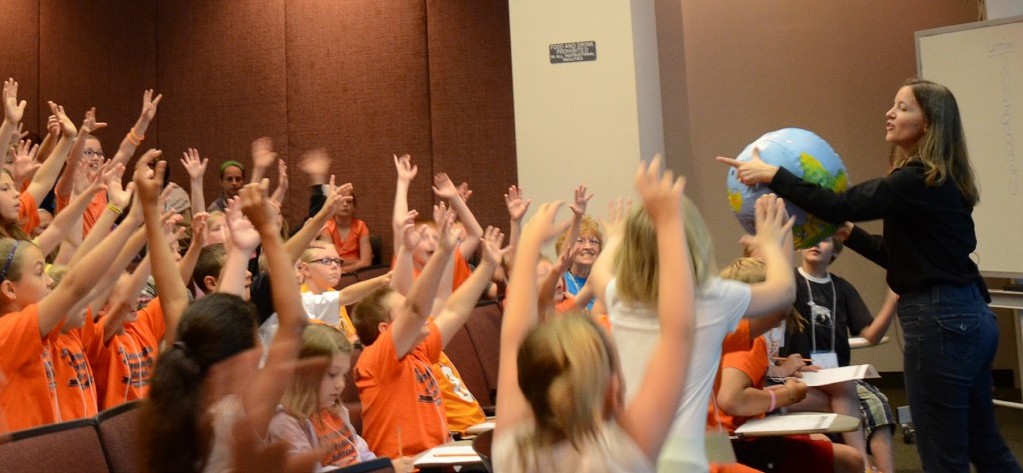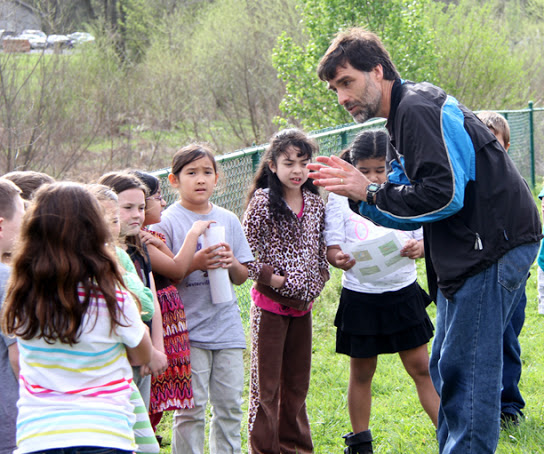NIMBioS welcomes several new postdoctoral fellows and sabbatical visitors this fall.
New postdoctoral fellows include Sean Hoban, Nick Matze and Matt Zimmerman, which will bring the total number of postdocs at NIMBioS to 17.
Dr. Hoban comes to NIMBioS from a postdoctoral research position studying the conservation of genetic resources for species survival at the Universita di Ferrara, Italy. Dr. Hoban earned a Ph.D. in biology from the University of Notre Dame in 2010. His NIMBioS project is to develop simulation-based sampling guidelines for conserving the genetic resources of rare or economically important plant species.
Dr. Matzke recently completed his Ph.D. in integrative biology at the University of California, Berkeley. His project aims to unify phylogenetic biogeography and species distribution modeling.
Dr. Zimmerman recently completed his Ph.D. in ecology from the University of California, Davis. His project investigates the evolutionary origins of complex institutions.
New sabbatical fellows are Kathleen Donohue (Biological Sciences, Duke University), Jon Forde (Mathematics and Computer Science, Hobart and William Smith Colleges), and Allan Strand (Grice Marine Laboratory, College of Charleston).

